
The INTERMOT Cologne was last week and we’ve seen many different arrivals from motorcycle manufacturers, and we’re still a few weeks away from EICMA Milan, where the rest of the new bikes will be revealed to the world.
But Yamaha is still showing us what they’ve been working on to attack the roads and the tracks around the world, and this time we’ve got all the details about the 2019 YZF-R3 supersport machine.
The new R3 was officially revealed today, and besides the design makeover, this new small displacement supersport machine gets full LED headlights, a better front fork and a brand-new instrument panel.
Frame and engine remain untouched in relation to the 2018 version, and that means we still get the same tubular steel frame, and especially the same DOHC twin-cylinder engine. This unit is good enough for 42 hp and a maximum torque of 29,6 Nm.

But one of the new features is the arrival of a new front fork, made by Kayaba. Yamaha leaves the conventional fork in favor of an inverted style one, with the stanchions showing a diameter of 37 mm. This suspension won’t allow any adjustment whatsoever, but Yamaha says that the increase in contact area between the exterior and inner tubes will bring benefits in ride behavior to the front end of the YZF-R3, especially when riding in a more aggressive style, like on a track.
At the rear end, we will also find a new shock, also from Kayaba, and this time Yamaha will let the rider adjust the preload. The Japanese brand has developed this shock to deliver a more stable compression.
For those riders that like to ride fast, then this new YZF-R3 will be a good option. Yamaha has completely reworked the front fairing giving it a MotoGP style design, derived from the YZR-M1 prototype. Not only the bike looks much more aggressive than before, but this fairing style reduces aerodynamic drag by 7%, reducing the turbulence around the rider’s helmet when in sport riding position, and allowing this compact supersport to reach 8 km/h more than the previous version.
The riding position was also targeted by Yamaha development team, and the semi-handlebar is positioned 22 mm lower, which together with the new fuel tank design – maintains 14-liter capacity – allows the rider to control de bike even better with body positioning.
Last, but not least, Yamaha also got some R1 inspiration for the new instrument panel. The design of this element is much in the same lines that we know of the superbike model, but instead of being a full colored TFT screen, the unit on the YZF-R3 is a black and white LCD, filled with many useful information’s.
We also got a video featuring the new Yamaha YZF-R3 which you can’t miss!













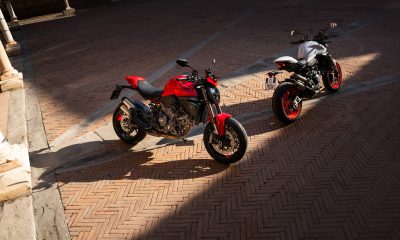




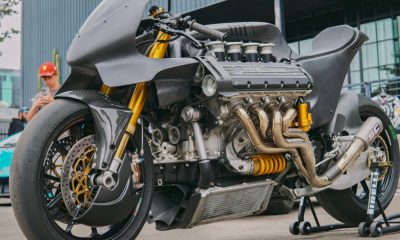

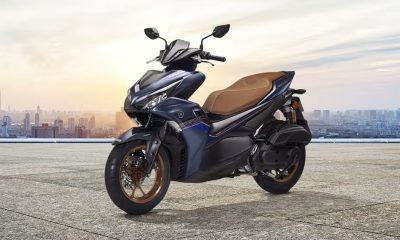
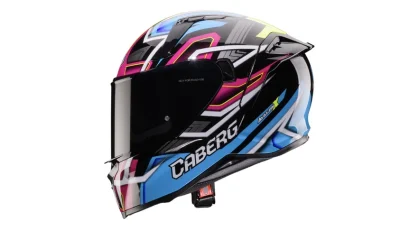
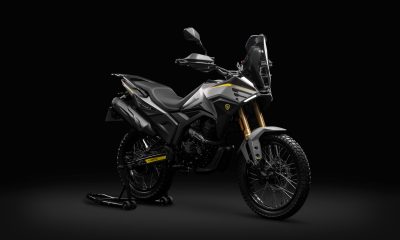
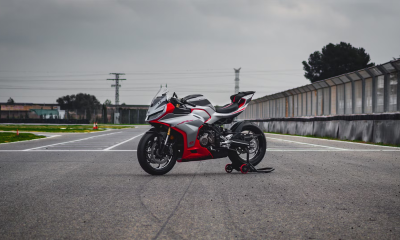

















Facebook
Instagram
X (Twitter)
YouTube
LinkedIn
RSS